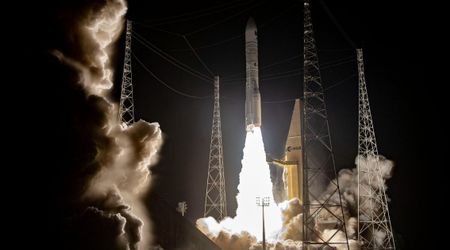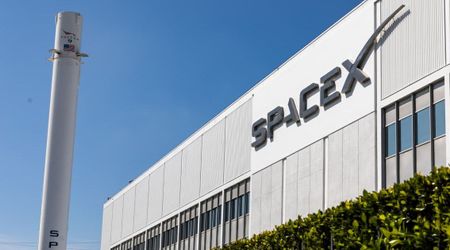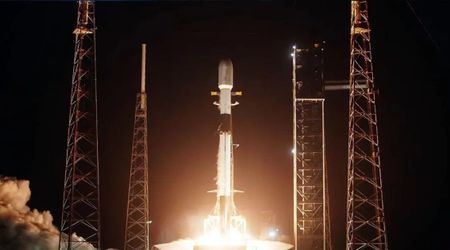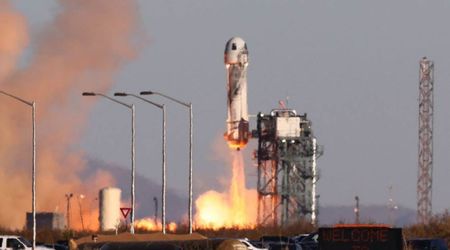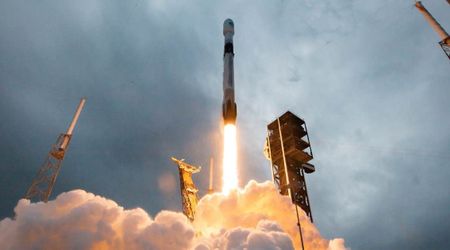China's Shenzhou-20 crew's return may be postponed after suspected debris impact
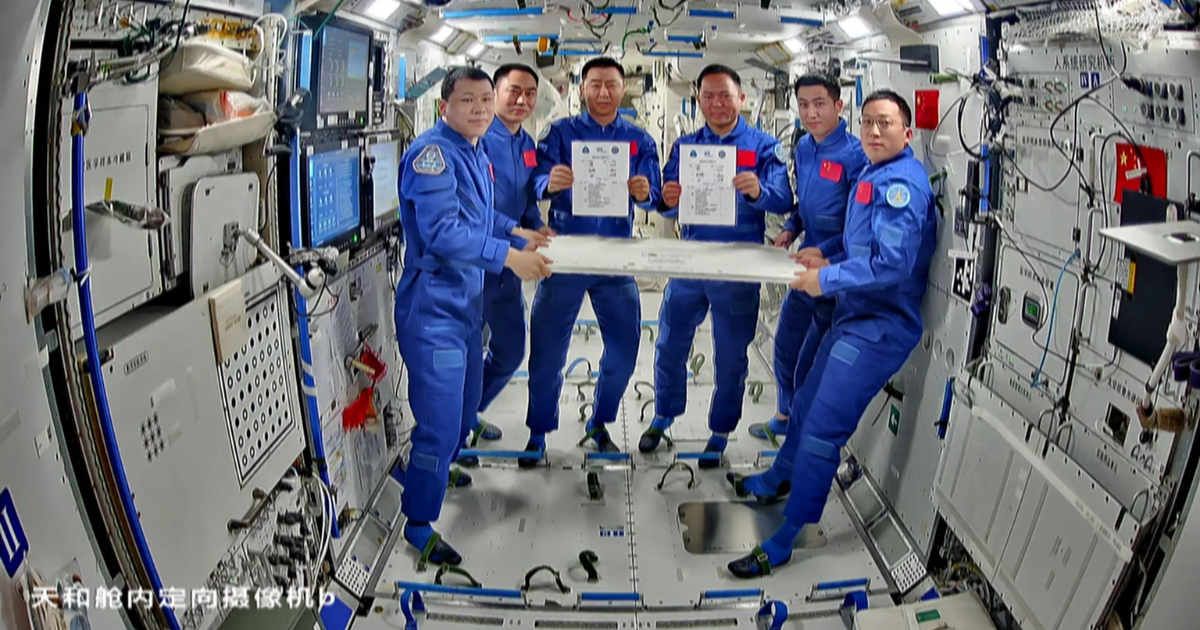
China's space agency for crewed missions announced Wednesday the immediate postponement of the Shenzhou-20 crewed return mission following a suspected strike by small orbital debris, as per the agency's statement on Weibo, the Chinese social media platform.
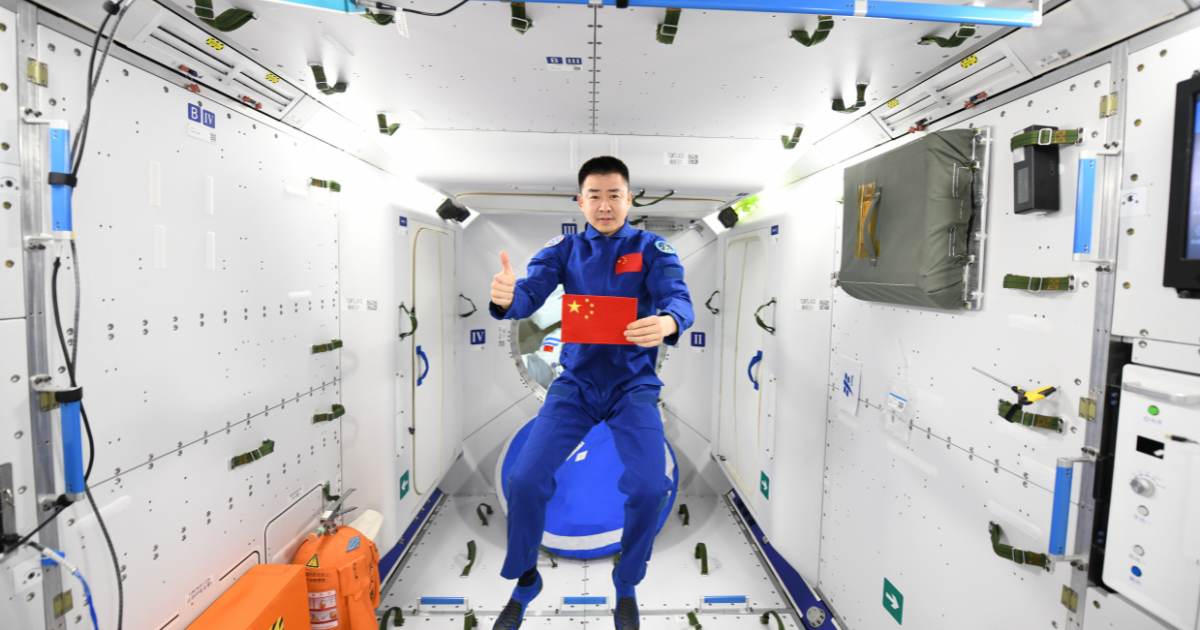
The China Manned Space Agency (CMSA) confirmed that the spacecraft, carrying three astronauts, may have sustained damage from a "tiny piece of space debris." An ongoing impact analysis and risk assessment are underway to determine the full extent of the situation before authorizing the descent, per phys.org. The scheduled November 5, Wednesday landing at the Dongfeng landing site in Inner Mongolia has been officially delayed to prioritize the crew's well-being. As of the announcement, no revised return date has been set for astronauts Chen Dong, Chen Zhongrui, and Wang Jie.
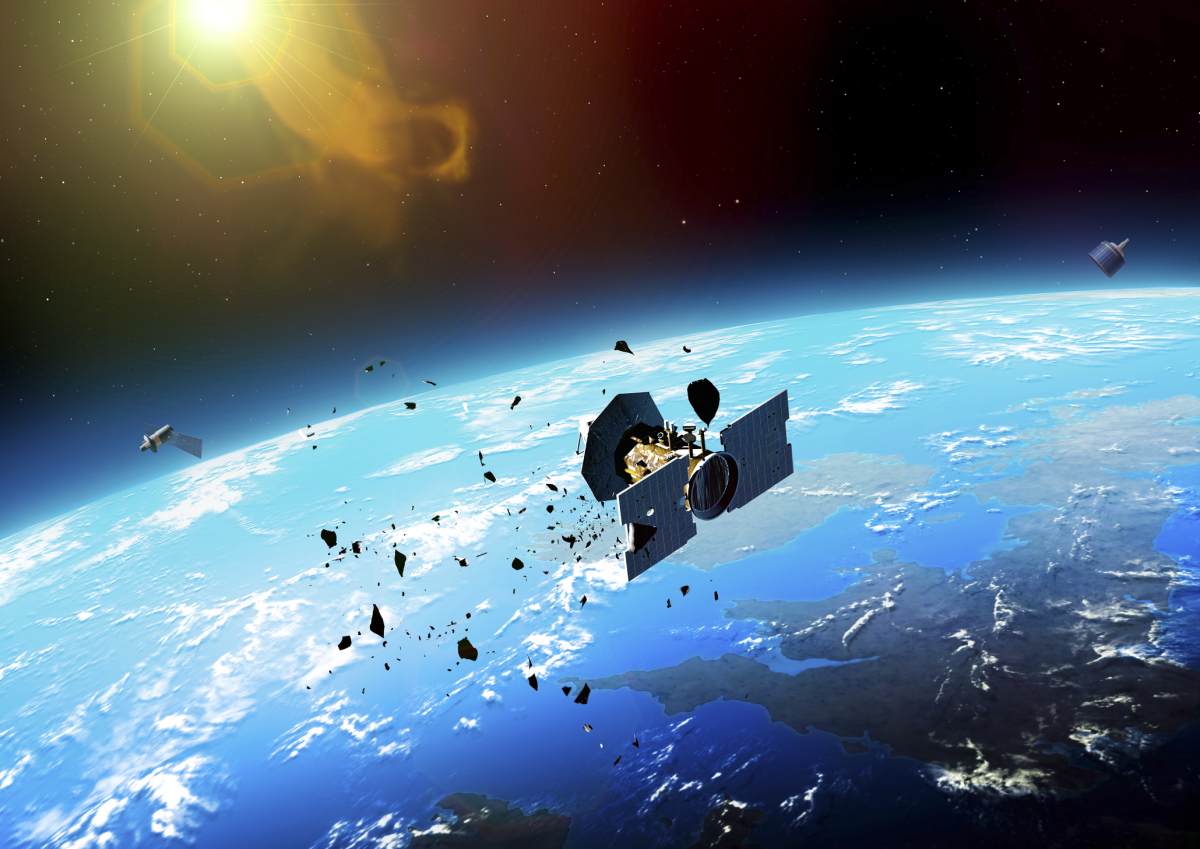
The unexpected delay means the Shenzhou-20 crew will remain on the Tiangong space station alongside their successors, the Shenzhou-21 crew. The Shenzhou-21 mission, which launched on October 31 to begin its own six-month rotation, arrived just in time for a formal change-of-command ceremony. During this handover, Dong passed command of the station to Zhang Lu, the new commander from the Shenzhou-21 team, according to Space.com.
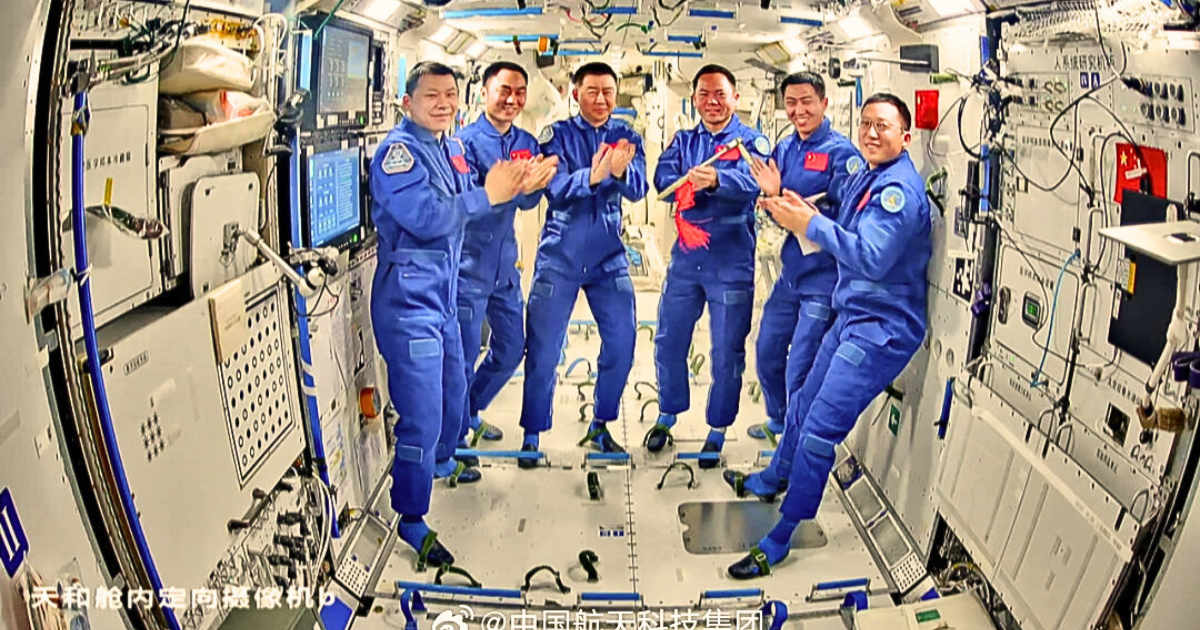
Both crews are now simultaneously occupying the station while mission controllers assess the risk of debris. During their six-month tenure, the outgoing Shenzhou-20 crew completed four significant spacewalks to install external equipment and debris shielding. They also took time to observe cultural milestones, including celebrating the Mid-Autumn Festival with a special meal aboard the station. Shenzhou-20 marks Dong's third spaceflight, while it is the first for Zhongrui and Jie. This mission is China's ninth crewed flight to Tiangong, the station whose construction began in April 2021 with the launch of the Tianhe core module. Once the technical assessment is complete and a safe departure window is established, Shenzhou-20 will return to Earth, deploying its parachutes for a final landing in the Inner Mongolia Autonomous Region.

While the focus remains on the delayed return of Shenzhou-20, the follow-on crew, Shenzhou-21, completed its ascent. The spacecraft lifted off late last week, 11:44 p.m. Beijing Time (11:44 a.m. EDT), from the Jiuquan Satellite Launch Center in China's northwest. This mission is notable for its record-breaking crew composition and the inclusion of the nation's first-ever rodent subjects for in-orbit biological experiments. The Shenzhou-21 carried four mice, two male and two female, marking a significant scientific step as they participated in these inaugural space biology tests.

The launch underscores Beijing's accelerated push toward its "space dream," strongly backed by President Xi Jinping, which prioritizes landing a crew on the Moon by 2030 and establishing a permanent lunar base. Reaffirming this commitment on Thursday, the CMSA confirmed that "crucial upcoming tests" involving the Lanyue lunar lander and the Mengzhou manned spacecraft are actively in progress. Shenzhou-21’s deployment was the sixth crewed flight since China's space station entered its application and development phase, bringing the total number of crewed missions in the nation's spaceflight program to 37.
More on Starlust
China plans advanced mission to hit an asteroid with spacecraft and alter its course


